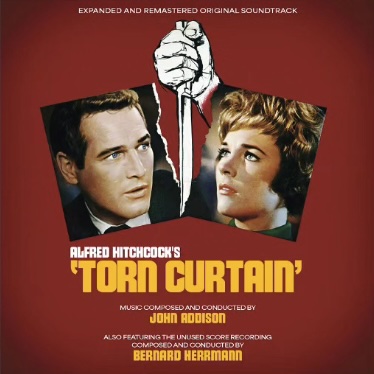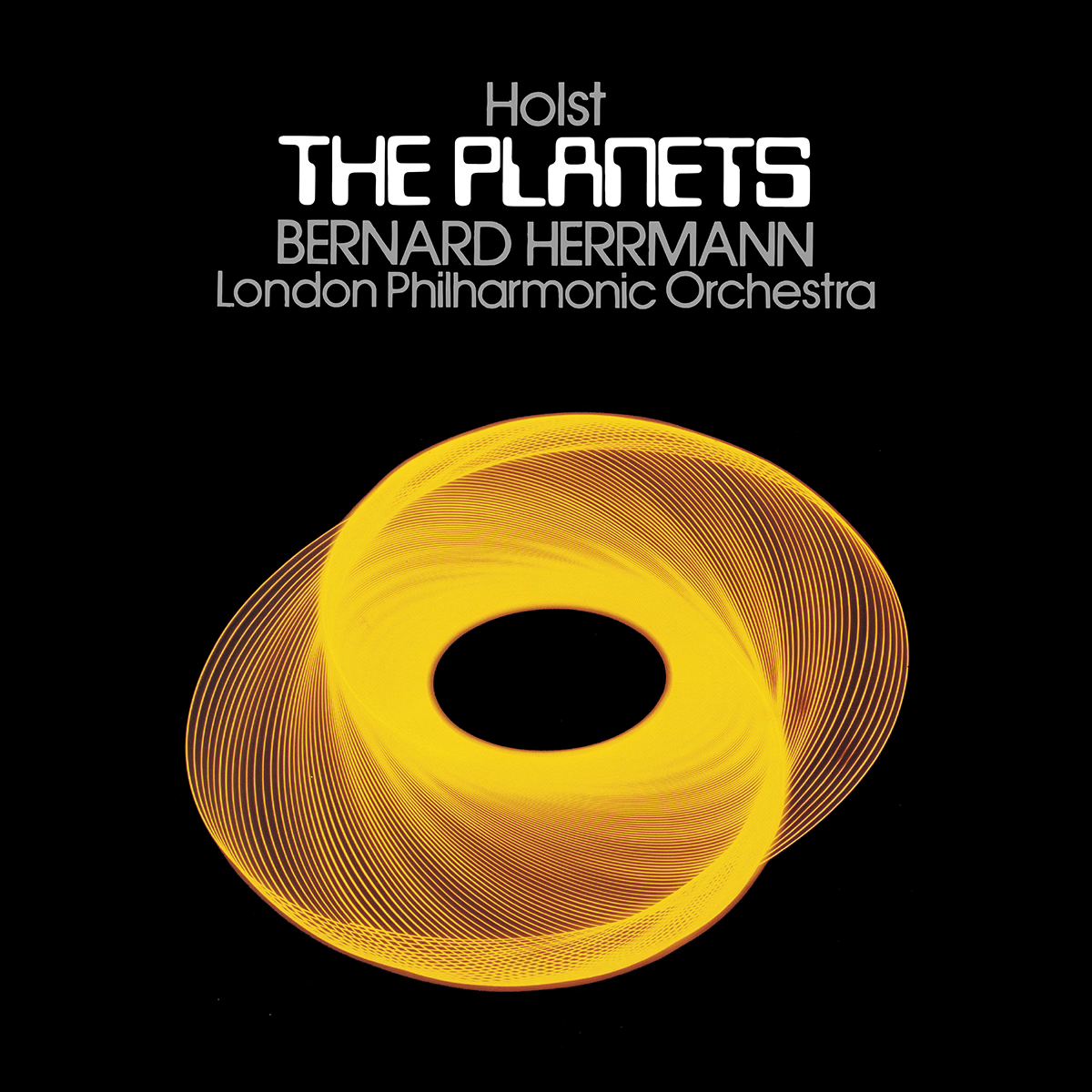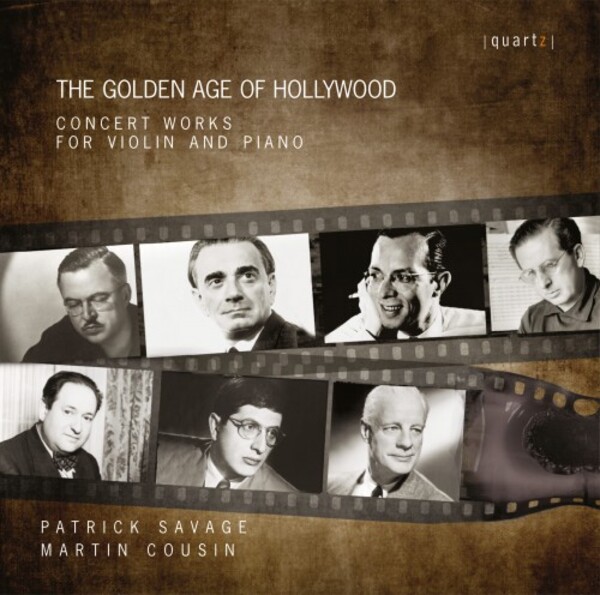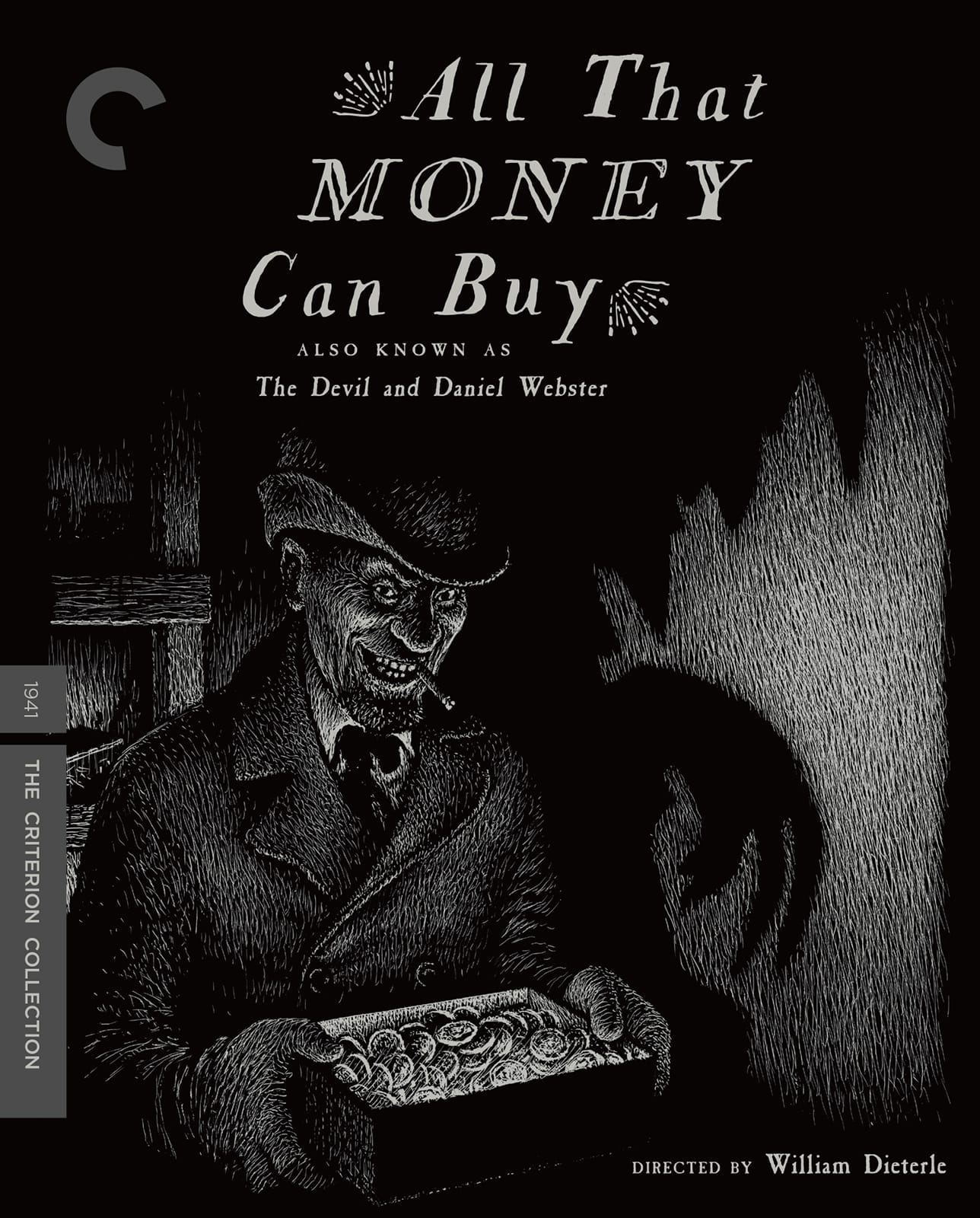Annotations
[1]Abraham Herrmann died on May 8, 1933.
[2] The first concert of the New Chamber Orchestra took place on WednesdayMay 17, 1933 in the auditorium of the New School for Social Research on 66 West 12th Street in Manhattan, New York City.
[3] Hugh C.M. Ross (approximately 1898‑January 20, 1990) was a choral conductor, from 1927 he had been the conductor of the Schola Cantorum.
[4] Philip James (1890-1975) was a composer and teacher. Herrmann studied with him briefly at New York University.
[5] Douglas Moore (1893-1969) was a composer and long-time member of the composition faculty of Columbia University.
[6] Henry K. Hadley (1871-1937) was a noted American composer and conductor.
[7] I have not been able to identify this individual.
[8] I have not been able to identify this individual.
[9] The Beethoven Association (1919-1940), based in New York City, came into existence as a relief organization for musicians displaced by World War I. In addition to funding the English translation of Alexander Wheelock Thayer’s biography of Ludwig van Beethoven, the Association offered several chamber concerts each year.
[10] The full title of Henry Cowell’s work is “Lilt of the Reel.” Cowell’s manuscript with Herrmann’s conductor markings is held at the Library of Congress.
[11] Percy Grainger (1882-1961) was a composer from Australia who settled in the United States. He also taught at New York University where Herrmann encountered him.
[12] Herrmann was dismissive of the first three works as they were either not new or not representative of his idea of contemporary music. The first was the overture from the incidental music to “The Gordion Knot Untied” by Henry Purcell followed by two interludes from the symphonic study “Falstaff” by Edward Elgar. The third work, “Elegy” (which was given its first performace in New York) was composed apparently by Fiona McCleary, a woman composer from Great Britain. Not much is known of her career; some sources provide a year of birth in 1900 but are not sure for how long she lived.
[13] The work was Grainger’s “Green Bushes,” a passacaglia.
[14] Herrmann conducted Philip James’s “Scherzo” from “Kammersymphonie,” the first performance of that work.
[15] Irwin Heilner (1908-1991) was an American composer. Herrmann conducted the first performance of Heilner’s “Three Songs” (Canthara, Love Song, and K. McB.) with George Rasley as soloist,
[16] The “Reel” mentioned in note 10.
[17] Vernon Duke (1903-1969) was noted as a composer of popular songs but also wrote concert hall music where he preferred to be billed as Vladimir Dukelsky. The work Herrmann conducted was the “Ballade for Piano and Orchestra” with the composer at the piano.
[18] Herrmann conducted the Fugue from Charles Ives’s Symphony no. 4.
[19] Herrmann conducted the first performance of his “Prelude to Anathema.”
[20] Robert Russell Bennett (1894-1981) was an American composer who today is mostly known for his orchestrations of many notable musicals by Jerome Kern, Cole Porter and Richard Rodgers. The work Herrmann conducted is listed simply as “Ballet.”
[21] Jerome Moross (1913-1983) was an American composer. Particularly in their early years, Moross and Herrmann had a close friendship.
[22] It is interesting to note that the printed program lists Russell Bennett’s composition as the last number, whereas Herrmann’s description clearly indicates that Moross’s composition was the final work played.
[23] Johnny Green (1908-1989) was a composer of popular songs, arranger and later wrote for and arranged films.
[24] Jay Gorney (1894-1990) was an American theater and film song writer, perhaps best known for composing the song “Brother, Can You Spare a Dime?” which came from the 1932 revue Americana—the same show for which Herrmann wrote his Marche Militaire.
[25] Harold Arlen (1905-1986) was an American composer of popular music, perhaps most remembered for the song :”Over the Rainbow” from the 1939 film “The Wizard of Oz.” In 1933 he was writing songs for musicals and revues.
[26] Vincent Youmans (1898-1946) was an American composer of popular music. Herrmann had worked with him on his 1932 musical “Take a Chance.”
[27] Roy Harris (1898-1979) was an American composer of classical music.
[28] Aaron Copland (1900-1990) was an American composer of classical music.
[29] Possibly Ted S. Barron (1879-1943), an American composer primarily of popular songs.
[30] Joseph Achron (1886-1943) was a Russian-born composer who emigrated to the United States.
[31] Joseph Schillinger (1895-1943) was a Russian-born composer who emigrated to the United States.
[32] Edwin F. Kalmus (1893-1989) was an American music publisher.
[33] Paul Rosenfeld (1890-1946) was an American music critic.
[34] Hugo Riesenfeld (1879-1939) was an Austrian-born composer, who later emigrated to the United States where he wrote music for both silent and sound films.
[35] Jacques Barzun (1907-2012) was a French-born teacher and historian, spending much of his career as a professor at Columbia University.
[36] Wallingford Riegger (1885-1961) was an American composer of classical music.
[37] Arthur Berger (1912-2003) was an American composer of classical music.
[38] Moross.
[39] Charles Seeger (1886-1979) was an American composer and musicologist.






![The Man Who Knew Too Much – 4K restoration / Blu-ray [A]](../../../wp-content/uploads/2023/11/TMWKTM-4K.jpg)
![The Bride Wore Black / Blu-ray [B]](../../../wp-content/uploads/2023/07/BrideWoreBlack.jpg)
![Alfred Hitchcock Classics Collection / Blu-ray [A,B]](../../../wp-content/uploads/2020/07/AHClassics1.jpg)
![Endless Night (US Blu-ray) / Blu-ray [A]](../../../wp-content/uploads/2020/03/EndlessNightUS.jpg)
![Endless Night (UK Blu-ray) / Blu-ray [B]](../../../wp-content/uploads/2019/12/ENightBluRay.jpg)